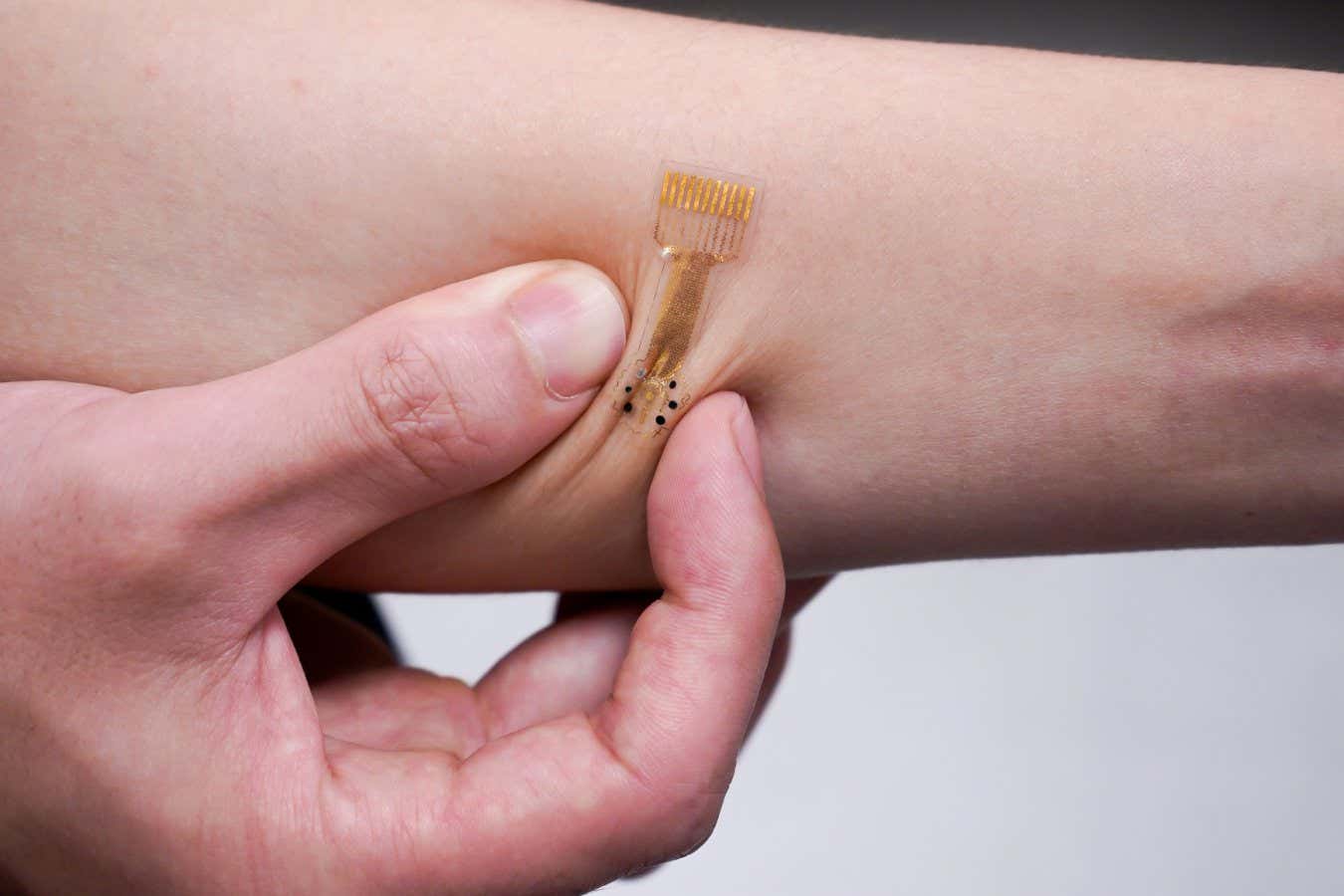Smart hat senses when traffic lights change and tells you via an app
This hat might look ordinary, but it can sense when traffic lights change colour Zhixun Wang Flexible and wear-resistant strands of conductive fibre have been used to make smart clothes with embedded computers and sensors, such as hats that can sense traffic light changes. Previous efforts to create fibres with a hardwearing coating and a … Read more





